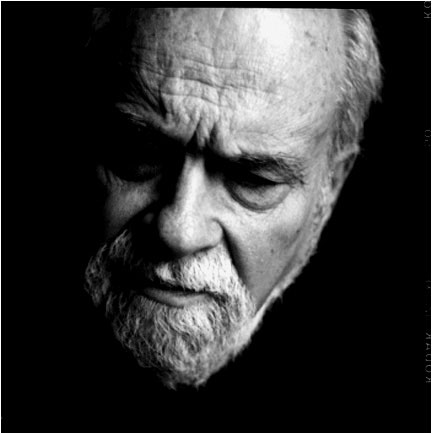Brookhaven Hamlet as Historical District
by Arthur Danto
Brookhaven Hamlet includes an area with so unmistakable a character that, when one has entered it, there is an immediate awareness of being in a place different in feeling from what surrounds it.
Externally, this area is a wedge of land bounded, counterclockwise, by the Great South Bay, the Carman’s River, Old Stump Road, South Country Road, and the east end of the Loman Farm. It is roughly bisected by the Beaver Dam Road, a gently meandering path going west from Squassux Landing and over the South Country Road.

Internally, the hamlet is marked by woods and waters, marshes and open fields, grand trees, barns, modest churches, and houses which express the spirit of an older, pre-suburban form of life. The houses are too widely spaced to be a village, yet not so distant from one another as to form a rural network. It is, precisely, a hamlet, and as such it retains a quality of existence vanished, or rapidly vanishing, from the tong Island of which it once was typical. Much of the area where land meets water falls under the protective legislation for marshland and wildlife, so there is a reasonable expectation that our shoreline, otherwise so vulnerable to developers, will retain its integrity indefinitely. Further, by a combination of miracle and community awareness, Brookhaven Hamlet has maintained against the forces of development—the tract housing, the shopping mall, the gentrified result—an authentic air of tranquil resistance our fathers and grandfathers took for granted, but which we today cannot.
It is because our hamlet is one of the few surviving instances of an endangered species that its members are requesting it be recognized as meriting the protective status of an historical district. It is not the desire of the residents of Brookhaven Hamlet to stop time or to turn the clock back. But we recognize that the luck that has enabled the hamlet to survive cannot be counted on to last, and the community must take some responsibility for its maintenance, to have some measure of control over the future, so the natural sort of growth and change which have brought about its cherished atmosphere may continue.
This atmosphere surrounds a community that is an intersection of distinct but harmonizing cultures: It is agricultural without being a farming community. There is a life of the bay with out its being a fishing village. There is a population of scientists from Brookhaven National Laboratory without it being an intellectual enclave. There are artists and writers without it being an artists’ colony. Nor is it a dormitory town or a resort. It is a unified society precious for its variousness.
Beaver Dam Road epitomizes the quality of the hamlet in that it is, in one sense, a country road, without sidewalks or streetlights; while, at the same time, it is a genuine working thoroughfare, with a steady flow of cars and trucks, school—buses and boat trailers. Finally, it has the air of a parkway, with heavy trees and gracious vistas—a road for tourists who are struck by the beauty of its short length. And, at its end, historical Squassux Landing is also an active place—a center for the community, a docking area for clammers and fishermen, a shelter for pleasure boats, and a place to watch the marshlife. Just beside Squassux is a boatworks which conveys the sense of another century, while from its rickety docks one sees out across water and grass as it must have looked to Indians.
In sum, ours is an authentic American hamlet, where nature and human comfort exist side by side, where the realities of time and change are accommodated without shock, and where the beauties of ordinary life can be enjoyed without artifice or fear. As a hamlet, it has as much right to its continued identity as an historical building or shrine, a place of natural beauty or a threatened species. It is like a memory which is not merely of the past, but part of the experience of the present, which deserves to be saved for the future.
